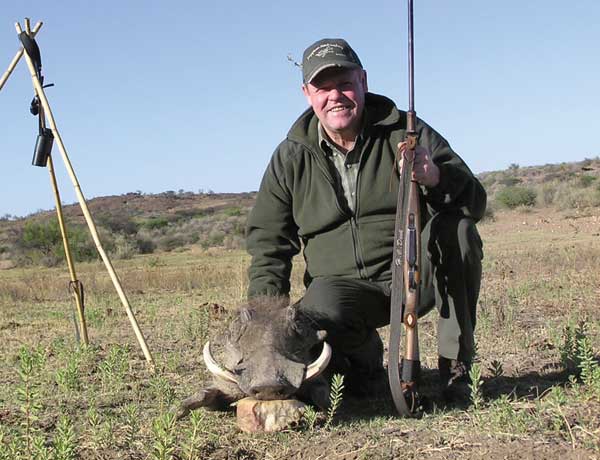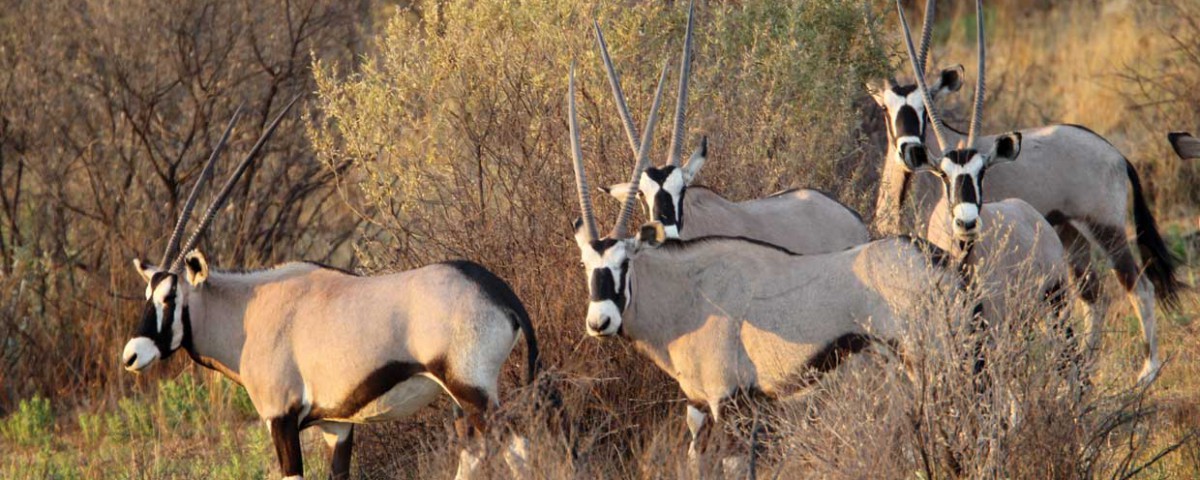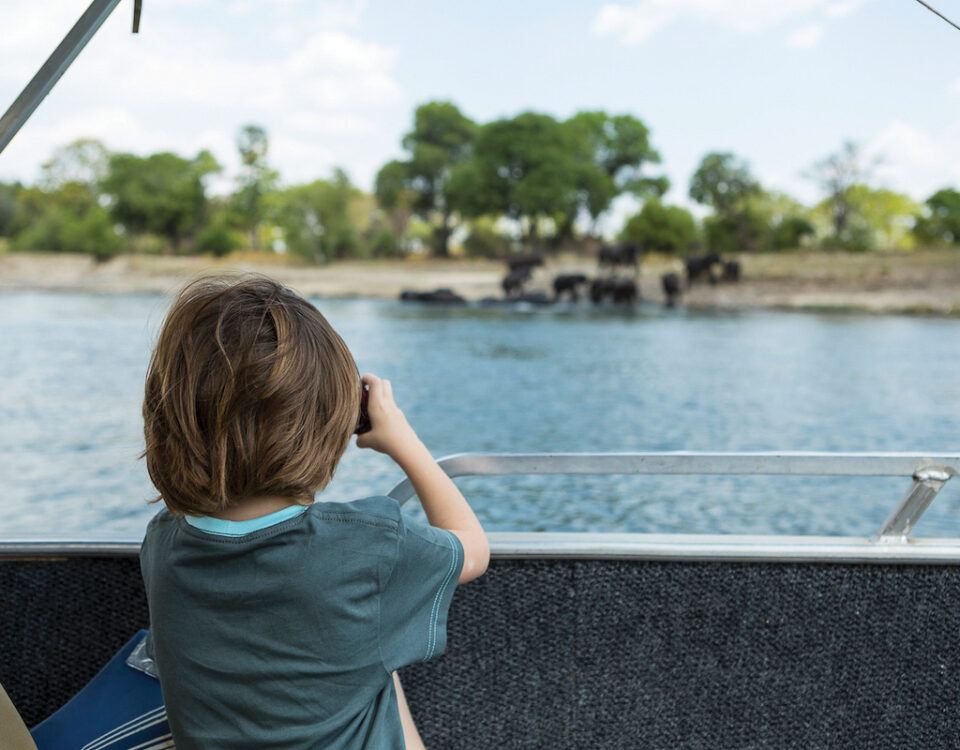
Leo and an “own-use” elephant bull
April 20, 2016
Namibia prohibits hunting bans
May 23, 2016T he hog briefly looked up – that sealed his fate. Harry aimed directly at the shoulder blade and the hog collapsed as the bullet hit him. After presenting the hunter’s branch we inspected the entry and exit hole. Then I went to fetch the vehicle while Harry remained with the quarry.
The relentless heat at midday was unbearable. The pool offered some relief and a siesta seemed compulsory to shorten the wait for the daily evening stalk. The snooze was followed by coffee and then we were ready to go. The thermometer showed 30°C as the Namib Spider continued his quest through the rocky and thorny terrain. Several times we stopped on the ridge of a hill and with our binoculars scanned the surroundings for a large Oryx bull. But nothing moved – no animal to be seen. Just the deafening chirp of cicadas.
Things changed two hours later, however, when the golden hour before sunset was about to start and we were running out of time.
All of a sudden an Oryx stood in a thicket of bush about 400 metres away. He hadn’t noticed us yet and seemed to be dozing. The wind was again in our favour as we moved closer through the bottom of a valley. A gully, the result of erosion, offered perfect cover. At a distance of about 100 metres we found the ideal spot for the tripod.
My hunter was breathing heavily and his heart was beating overtime. While Harry took aim I tried to look at the Oryx more closely. Which was rather difficult because the sun was setting right in front of us. It was a strong Oryx with long horns. As for his age, I could only guess, and against the light I was unable to see the colouring and the rings at the base of the horns. Then, with a quick movement, the Oryx raised his head. He seemed to be aware of some sort of danger – the sixth sense in the wild. Had he noticed us already? I became restless and told Harry to shoot, lest the Oryx bull bolted.
As the bullet smacked into him the bull set off through the bush at a gallop and collapsed after some 80 metres in a cloud of dust next to a camphor bush. We remained motionless because the shot had spooked a herd of hartebeest to our right. We didn’t want them to notice us and associate us with the sound of the shot.
After a short while, which felt like five minutes, we walked over to the Oryx. There he was, lying in front of us. This was a really good bull, a very old one. His age was not only indicated by the enormous length of his horns but also by their base with splintered corners. My guess was that he was 12 years old. The length of the longer horn was 94 cm and it was 19 cm thick – an impressive 226 points.
Against the silhouette of the mountains the sun was by now setting in an explosion of fiery red and the evening sky changed colours. Silence reigned, the first jackal howled in the distance. Time for us to leave.
” All of a sudden an Oryx stood in a thicket of bush about 400 metres away. He hadn’t noticed us yet and seemed to be dozing. The wind was again in our favour as we moved closer through the bottom of a valley. “


This article was first published in the HUNTiNAMIBIA 2016 English edition.


